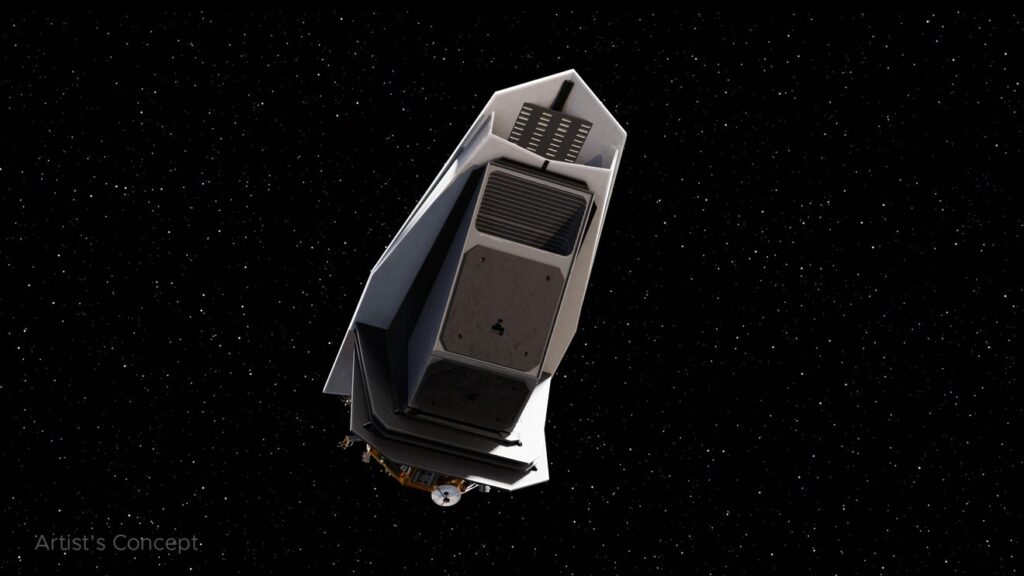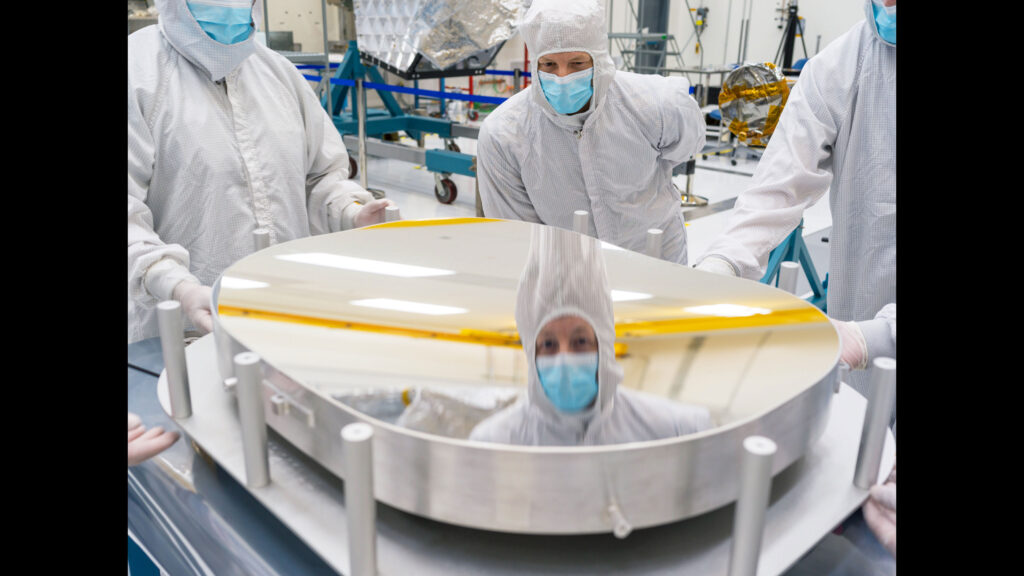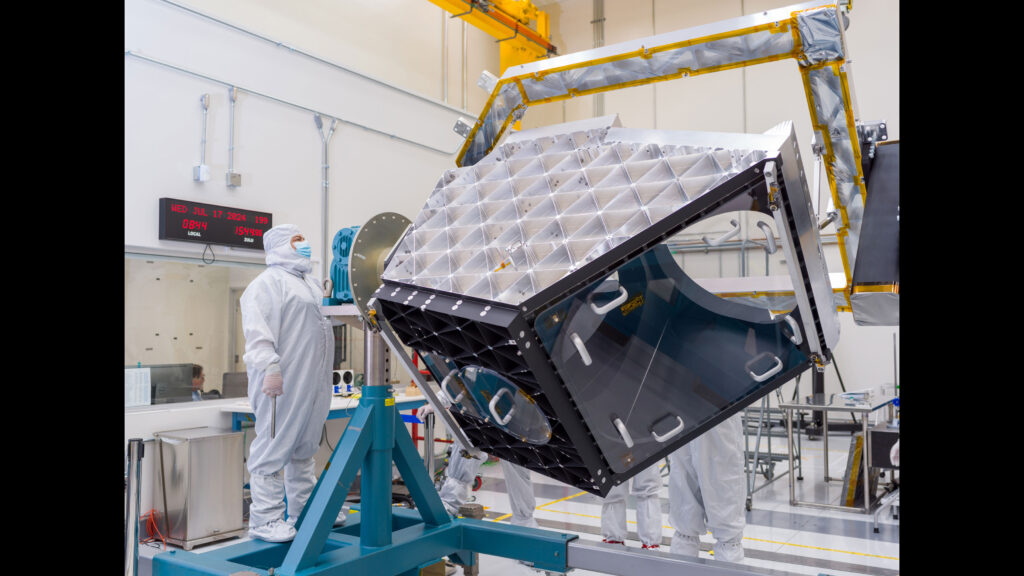Specialists from NASA’s Jet Propulsion Laboratory (JPL) began assembling the optical system of the NEO Surveyor. It will be used to search for potentially dangerous asteroids.

To date, astronomers have been able to identify most of the large celestial bodies, which fall to Earth will lead to catastrophic consequences. However, there are also a significant number of smaller near-Earth asteroids in the Solar System. Their collision with our planet will not become a global catastrophe, but can lead to very severe consequences.
The main problem with the early detection of such bodies is that some of them may approach the Earth from the Sun. This is where the NEO Surveyor comes into play. Near-Earth objects, no matter how dark they are, glow brightly in the infrared range because they are heated by the Sun. This will help the spacecraft find dark asteroids and comets that don’t reflect much visible light. It will also have the ability to detect Trojan asteroids, which are difficult to see from Earth or Earth orbit.

The NEO Surveyor’s only instrument is a telescope. It will use curved mirrors to focus light on infrared detectors in a way that minimizes optical aberrations. JPL specialists have already completed the manufacturing of the NEO Surveyor mirrors. They were made and polished from solid aluminum using a diamond-turning machine. The engineers have now started installing and aligning them.
The mirrors will be complemented by mercury-cadmium-telluride detectors. Their advantage is that they don’t need a refrigerant to record infrared radiation, which limits the life of the spacecraft. Instead, the NEO Surveyor will keep cool using a large sun screen. In addition, the spacecraft will be placed at the Lagrangian point, located at a distance of 1.6 million kilometers from the Earth. This will minimize its heating by our planet.

According to JPL officials, they are about to complete the installation of the NEO Surveyor optical system and measure its characteristics. The telescope will then be installed inside the spacecraft, after which they will undergo extensive testing. NEO Surveyor is currently scheduled to launch in late 2027.
According to JPL


